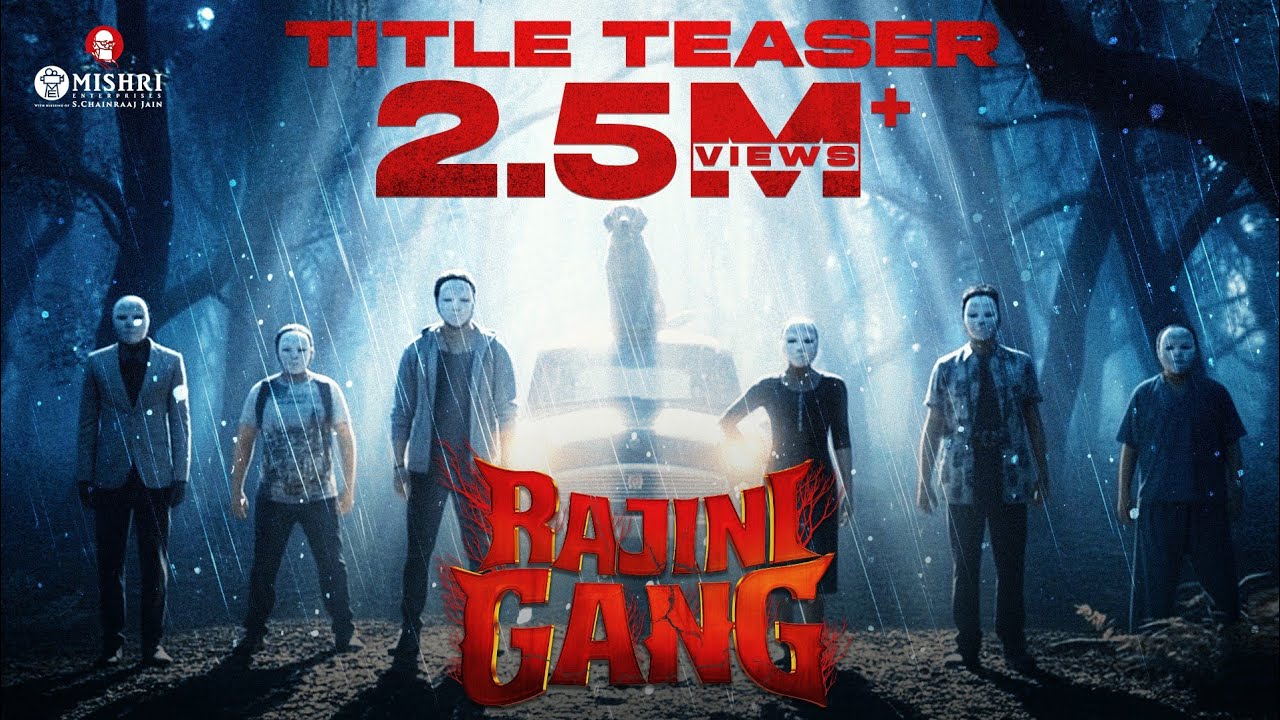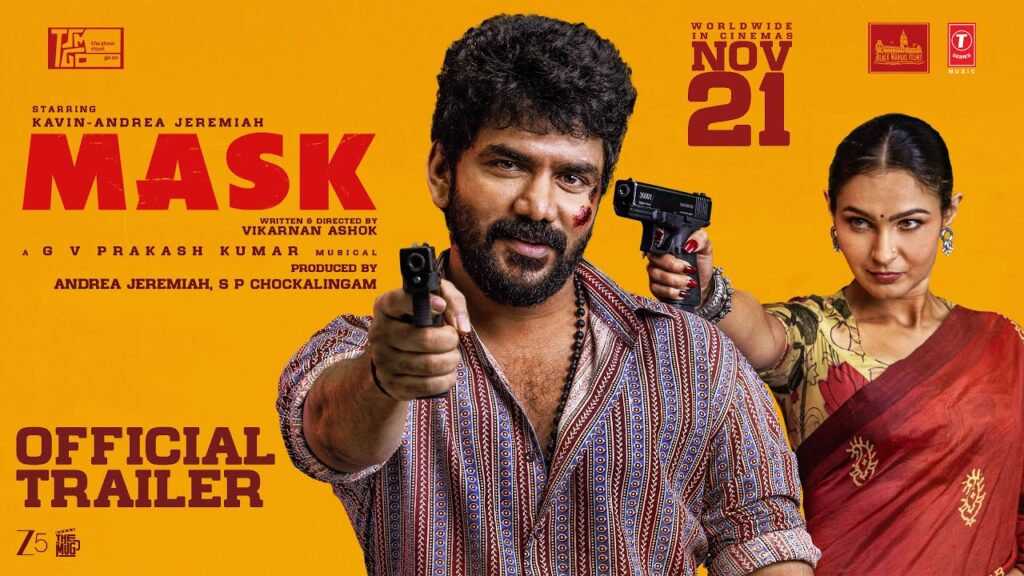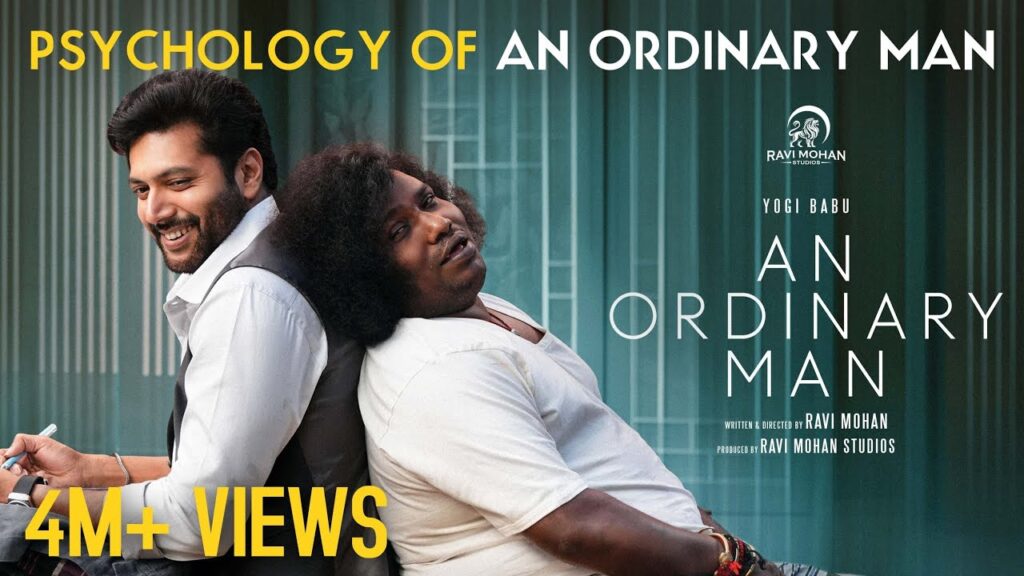Rajini Gang Movie 2025 Bapamtv Review Details
Rajini Gang (2025) Movie Review — Emotional Impact & Dialogue Delivery
Rajini Gang is a full-on mass entertainer that aims right at the heart of fans and the crowd. The film rides on Rajinikanth’s towering presence and Lokesh Kanagaraj’s confident direction to deliver moments that feel both grand and unexpectedly tender.
The emotional core of the story is simple yet effective: Deva, a retired smuggling kingpin, returns to reconnect with his past and faces the consequences of old choices. This premise gives the film room to balance macho action with small, human beats that land well.
Rajinikanth’s performance is the anchor. He plays Deva with a weathered swagger, but also with flashes of vulnerability that make his choices believable. There are scenes where a single look or line carries the weight of decades, and the actor sells them with ease.
Shruti Haasan stands out in a role that mixes strength and sensitivity. Her scenes with Rajinikanth form the emotional spine of the movie, and their chemistry adds warmth amid the noise. The supporting cast, including Sathyaraj and Nagarjuna, add color and grit.
The screenplay packs plenty of punchlines and whistle-worthy lines, many crafted to please the crowd. While some dialogues aim at spectacle, several quieter exchanges show the writing’s ability to dig into character motivations—these are the moments that make the emotional beats resonate.
Dialogue delivery is a key asset. Rajinikanth times his punchlines with veteran precision, turning simple lines into applause-worthy moments. Shruti and the ensemble match his energy, delivering earnest and sometimes surprising turns that deepen the drama.
Lokesh Kanagaraj’s direction blends action and sentiment deftly. He knows when to slow down for a beat and when to let scenes explode into stylized chaos. The emotional sequences benefit from his restraint, allowing viewers to breathe between the large set pieces.
The film’s emotional resonance comes from its focus on themes like loyalty, regret, and the cost of glory. These themes are handled broadly but with enough specificity to feel personal. Fans will find the movie badiya for its callbacks to classic mass cinema, yet it also offers quieter, modern touches.
Anirudh Ravichander’s background score plays a huge role in shaping the film’s feelings. The themes swell at just the right moment, amplifying emotional beats without overpowering them. The songs became viral instantly, which helped build an emotional connection even before many saw the film.
Girish Gangadharan’s cinematography paints the film with a glossy, intense look. He captures close-ups that highlight the actors’ emotional states and frames action in a way that feels kinetic and immediate. The visuals support the mood without being showy for show’s sake.
Moments of genuine emotion are scattered: a reunion conversation, a confession in the rain, a quiet scene after a violent clash. These snippets allow the audience to see the human cost of Deva’s past, and they linger longer than the explosions do.
The film’s pacing keeps the audience engaged, though at times it leans into spectacle over subtlety. This trade-off is part of the movie’s DNA: it wants to be both a popcorn ride and a sentimental journey, and it mostly succeeds in that juggling act.
On the matter of relatability, the film manages to tap into themes that land well with Indian audiences—family loyalty, honor, and the desire for redemption. These elements, when combined with punchy dialogue and familiar star beats, make the movie Super crowd-pleasing.
There are sequences where the screenplay feels overstuffed, with multiple threads vying for space. Those moments can dilute the emotional impact, but the central arc of Deva remains clear and compelling enough to carry the film through.
Rajini Gang’s dialogue delivery is particularly effective in scenes that require emotional honesty. The actors often choose restraint over theatrics, letting lines breathe. That restraint elevates key moments and gives audiences a chance to connect.
Comparing Rajini Gang to recent pan-Indian action films, it stands out for its star-led emotional center. Where some blockbusters prioritize pure spectacle, this film frequently brings the camera close to the characters, reminding viewers of the human stakes.
The audience response has been massive: box office numbers show record openings and sustained interest. That commercial success underscores the film’s resonance with fans and casual viewers alike, and proves that emotion paired with spectacle can be a potent mix.
In terms of performances, Rajinikanth and Shruti anchor the emotional register, while Nagarjuna and Sathyaraj bring necessary menace and texture. Cameo appearances add buzz but never overshadow the main narrative.
The film’s emotional payoff is strongest in its quieter last act moments. Without spoiling, the final stretch gives Deva a choice that reflects his entire journey—these scenes land because the script allows characters to feel consequences.
Dialogues peppered with local flavor and punchy lines make the film feel rooted. The writer uses idiomatic phrases that click with the audience, and actors deliver them with confidence. This authenticity helps the emotional beats feel earned rather than manufactured.
From a technical angle, the editing keeps momentum while allowing emotional beats to settle. The sound design amplifies the tension in close scenes, and Anirudh’s score ties sequences together, making the emotional throughline cohesive.
Rajini Gang might not be flawless—the screenplay’s ambition sometimes leads to clutter. Yet, when it goes right, it becomes genuinely moving and rousing in equal measure. The highs are very high, and they stay with you after the credits roll.
For fans looking for a Super mass entertainer with heart, Rajini Gang delivers in style. It mixes nostalgia, emotion, and star power in ways that feel both classic and fresh. The film is badiya at giving the audience what they came for, and then some.
Social media exploded with reactions, memes, and heartfelt posts praising specific scenes that moved viewers. The film sparked conversations about aging heroes and second chances.
Many viewers shared clips of dialogue exchanges, repeating lines that felt meaningful, increasing emotional engagement and reach.
The film taps into nostalgia, calling back to older mass-cinema styles while updating them for modern audiences. That blend creates both comfort and surprise.
Emotional subplots may feel familiar, yet they are written with enough honesty to avoid cliché. These small arcs support the main story and add texture.
Family dynamics are portrayed with care, making scenes about regret and reconciliation land strongly. These beats explain why many viewers left teary-eyed.
Actors often choose subtle line readings over grandstanding, helping scenes where quiet truth matters more than big gestures.
The mass moments and intimate scenes coexist because the director respects both registers, ensuring emotional sequences aren’t drowned by spectacle.
Compared to other 2025 blockbusters, Rajini Gang’s emotional honesty stands out. While others chase scale, this pairs it with human moments reviewers found refreshing.
For viewers who judge films by feeling, Rajini Gang is an excellent example. It uses familiar tools to stir genuine emotion.
The dialogue’s cultural specificity—local idioms and expressions—gives the film immediacy, helping lines land naturally and prompting real-time audience reactions.
In short, Rajini Gang is badiya on both laughter and tears. It times cheers and reflection well, creating a lasting impression.
The film’s OTT release on Amazon Prime Video will likely extend its emotional reach, letting viewers revisit scenes and share moments with friends. Streaming often deepens attachment to characters.
Rajini Gang also invites repeat viewings—fans will return for their favourite lines and emotional beats, finding small details missed the first time. Repeat watches can reveal subtler character choices.
Ultimately, the film serves both fans and casual viewers, offering punchy dialogue, heartfelt moments, and a mass appeal that keeps people talking across platforms.
Dont miss it — take family.
Star Rating: ★★★★☆
Disclaimer: Rating may vary based on personal taste and critical perspective.
Quick Facts
| Aspect | Details |
|---|---|
| Title | Rajini Gang (Coolie) |
| Director | Lokesh Kanagaraj |
| Lead | Rajinikanth |
| Music | Anirudh Ravichander |
| Runtime | 170 minutes |
| Box Office | Opening day approx ₹151 crore |
FAQs
Question 1
Is Rajini Gang emotionally engaging?
Answer 1
Yes, the film balances mass action with sincere emotional beats that connect, especially through Rajinikanth and Shruti Haasan’s scenes.
Question 2
How is the dialogue delivery in the movie?
Answer 2
Dialogue delivery is a highlight—timed punchlines and restrained emotional lines both work in the film’s favor.
Question 3
Should fans watch Rajini Gang in theatres?
Answer 3
Absolutely. The big-screen experience amplifies the emotion and scale, making it a Super watch with a crowd.










